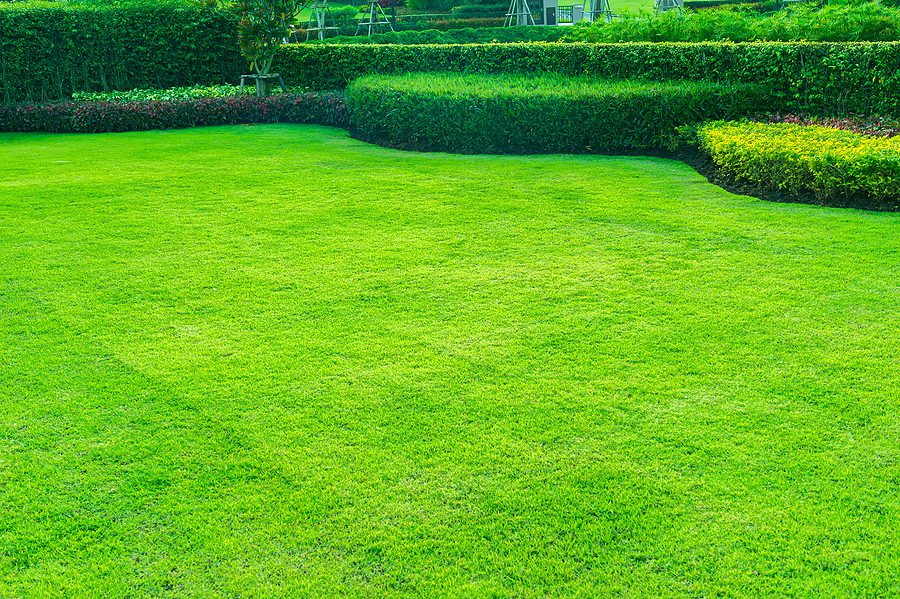Albuquerque Lawn Action Plan for Spring 2023

You need to start maintaining your Albuquerque lawn in the spring if you want it to look its best in the summertime. As with most landscaping jobs, the key to achieving success is getting a head start before the active growth season begins. You need to get a head start on the preparation work in the spring if you want your grass to be lush and healthy by the time summer rolls around. The greatest time to restore and aerate a lawn is in the late summer, around Labor Day. This is the best time for practically all lawns. If you were unable to meet that deadline, you should, throughout the spring, limit yourself to the bare necessities to get the lawn through the summer and then give it your full attention once Labor Day rolls around. The following are six easy procedures to help you nail down your spring lawn preparation for a lush yard throughout the summer.
Tuning Up the Grass
By giving your lawn mower a thorough tune-up in the early spring, you can ensure that it will be ready for the summer season of cutting grass. During the tune-up, you will need to replace the spark plug, change the oil, grease the fittings, install a new air filter, clean the carburetor, scrape clean the underside of the mowing deck, and sharpen the blades. In addition, make sure that your string trimmer is in working order and that you have sufficient trimming string on hand for the next summer.
Taking Care of the Lawn
Because winter may leave your lawn in a terrible state of disarray, you should begin early in the spring by picking up all the waste strewn about the yard. This includes twigs, acorns, stones, branches, garbage, thatch, and dead leaves, among other things. First, rake the material into heaps with a leaf rake, then move the piles onto a big tarp using the rake. Carrying or dragging the rubbish off the lawn is much simpler, thanks to the tarp. Before cleaning the yard, give the soil some time to dry up a little bit. Moving about on a wet lawn might compress the soil and cause harm to young grass shoots if you do so.
Prevent the Development of Weeds on Your Grass
Applying a pre-emergent herbicide to your lawn in the spring will help you avoid spending the entire summer pulling weeds. It is a method for providing nourishment to your grass. Imagine that you are administering medicines to the lawn. This sort of weed control product is designed to stop weed seeds from developing, which will significantly reduce the amount of crabgrass, dandelion, and other types of weeds. Because the effectiveness of most pre-emergent herbicides only lasts for approximately three months, you will need to apply it once again during the summertime. Springtime application of a pre-emergent weed controller is beneficial for both cool-season and warm-season types of grass, which should be mentioned as a side note. This is true regardless of whether you reside in the north or the south.
Apply Fertilizer to Your Grass
The substance you use to cure your grass is of the utmost significance. In the spring, you should add fertilizer so that it can get off to a good start. In addition, utilize fertilizer with a delayed release for the best possible outcomes. You won’t have to reapply the fertilizer as frequently because its essential nutrients degrade over a prolonged period; in most circumstances, you may wait anywhere from six to eight weeks between treatments. The lawn fertilizer most suited for your location may be determined by consulting a local nursery; nevertheless, most lawns thrive when treated with a 20-5-10 fertilizer. This fertilizer includes 20 percent nitrogen, 5 percent phosphate, and 10 percent potassium.
Finish Landscaping the Lawn’s Bare Spots
In the spring, you should apply grass seed to any sections of your lawn that lack grass to ensure that these areas will be covered in the grass by the following summer. After using a garden rake to make holes in the ground and break up the compacted dirt, spread an equal seed coating throughout the surface. To keep the seeds from being washed away by rain and dissuade birds from eating them, lightly rake them into the soil, water them thoroughly, and then loosely cover them with hay. Depending on the weather, you should start to see small grass spouts emerging from the ground in about two to three weeks.
Reasons Why You Should Give Up Control of Your Lawn to Nature
It is important to note that you may cure bare places on your lawn using conventional grass seed; however, most seed producers have specially formulated mixes created exclusively for rapidly growing grass on bald, bare lawns. They are offered for purchase under various brand names, including Patch-and-Repair Mix and Lawn Repair Seed Mix, amongst others.
Reduce It Slightly to Fit Your Needs
Raise the cutting deck to its highest setting when it is time to mow your lawn for the first time of the year, which occurs in most locations in the middle to late part of spring. This will normally result in the grass having a height of between three and four inches. Cutting the grass too short, especially when you first start, might damage the early-spring grass plants, resulting in stunted development and a lackluster color.
